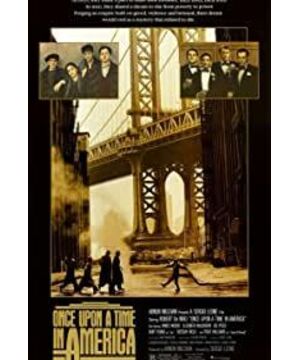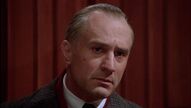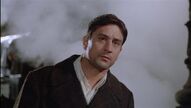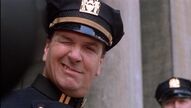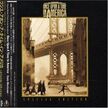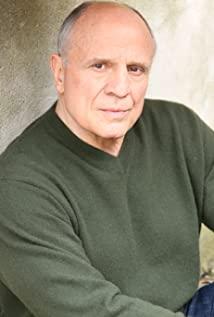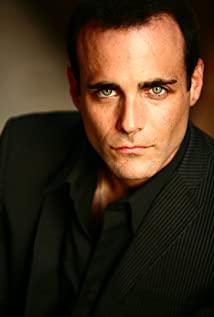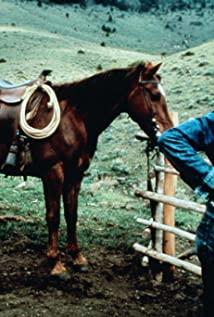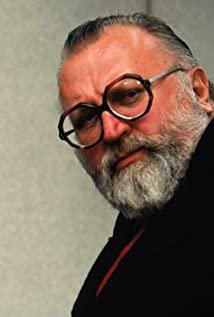The film is narrated from the self-knowledge perspective of the protagonist Noodles, imitating the technique of "The Godfather II", switching calmly between the teenagers in the 1920s, the youth in the 1930s, and the old age in the 1960s. His friendship and betrayal with Max is heart-wrenching, and his love and separation with Deborah is heart-wrenching. Noodles has stolen things, robbed diamonds, smoked big cigarettes, sold bootleg alcohol, visited prostitutes, killed people, went to jail, ran across the road, just about any evil, but he values love and righteousness, and that alone makes him He has almost become a positive figure; while Max and Deborah are typical examples who can abandon everything and climb up, this is undoubtedly doomed to the tragedy of Noodles. Max and Deborah can be said to be successful in their careers, but they are both lonely in their hearts, which is also a denial of the American dream by the director.
The gripping suspense from the beginning to the end, the almost perfect transition between the ages, the delicate and sentimental soundtrack, and the nostalgic photography are all the charms of this film. And in my opinion, there is nothing better than the ubiquitous hints and echoes: Noodles and Deborah's first kiss is interrupted by Max, implying the fate of the three; Max and Noodles fall into the water, Noodles is anxious, Max "resurrected from the dead" , implying the following plot; when the five people save money together, the radio mentions Buffalo, the place where Noodles escaped, and these two events do have cause and effect; when Noodles is released from prison, Max stole his box, which coincides with the later story; After stealing black diamonds, Noodles angrily drove the car into the water in order to "perish together". This outbreak is similar to the later whistleblower... Of course, what I have to say is the echo of the opium smoking in the Chinese Theater. Originally, the whole play without the last paragraph can be self-contained, but the weird smile that freezes gives the whole film another explanation: all the old scenes are derived from the reverie in Noodles' psychedelics. In the fantasy, Max didn't die because of his whistleblower, and even Max was the mastermind behind it; Noodles was cleared of betrayal and smiled happily. But I think this is like the last top of "Inception", it just adds a layer of depth to the story and leaves the topic, it doesn't matter how you really understand it (personally, I tend to agree with this interpretation, after all, the director put it this way A shot always has a purpose, and Max was somewhat unmotivated to keep Noodles alive in the first place).
Memorable footage: Flashback to that life-changing night with phone ringing; strangers around a pocket watch; five people crossing under the Brooklyn Bridge, Dominic jumping ahead, but then being shot dead; Patsy can't help but eat the cream cake that was supposed to be given to the girl in one bite; (growing up) the comic effect of four people wearing white coats for baby signs; Noodles and Deborah talking in the mirror after their reunion; Max stepping on the trash Car...
This film was 229 minutes long when it was released in Europe that year, which was also simplified by Leone for the distributor's face. However, it was forcibly cut to 139 minutes by the manufacturer when it was released in the United States, which made Leone so angry that he died and did not make another film. So this film became the swan song of the Italian director who only made 10 films in his life, but left behind two trilogy classics ("The Red Dead" and "The American Trilogy").
Jennifer Connelly's screen debut, although exposed PP (the company claims to have used a stand-in, in fact, did not), but still pure.
View more about Once Upon a Time in America reviews


